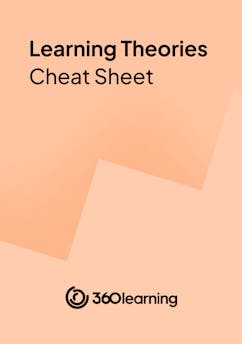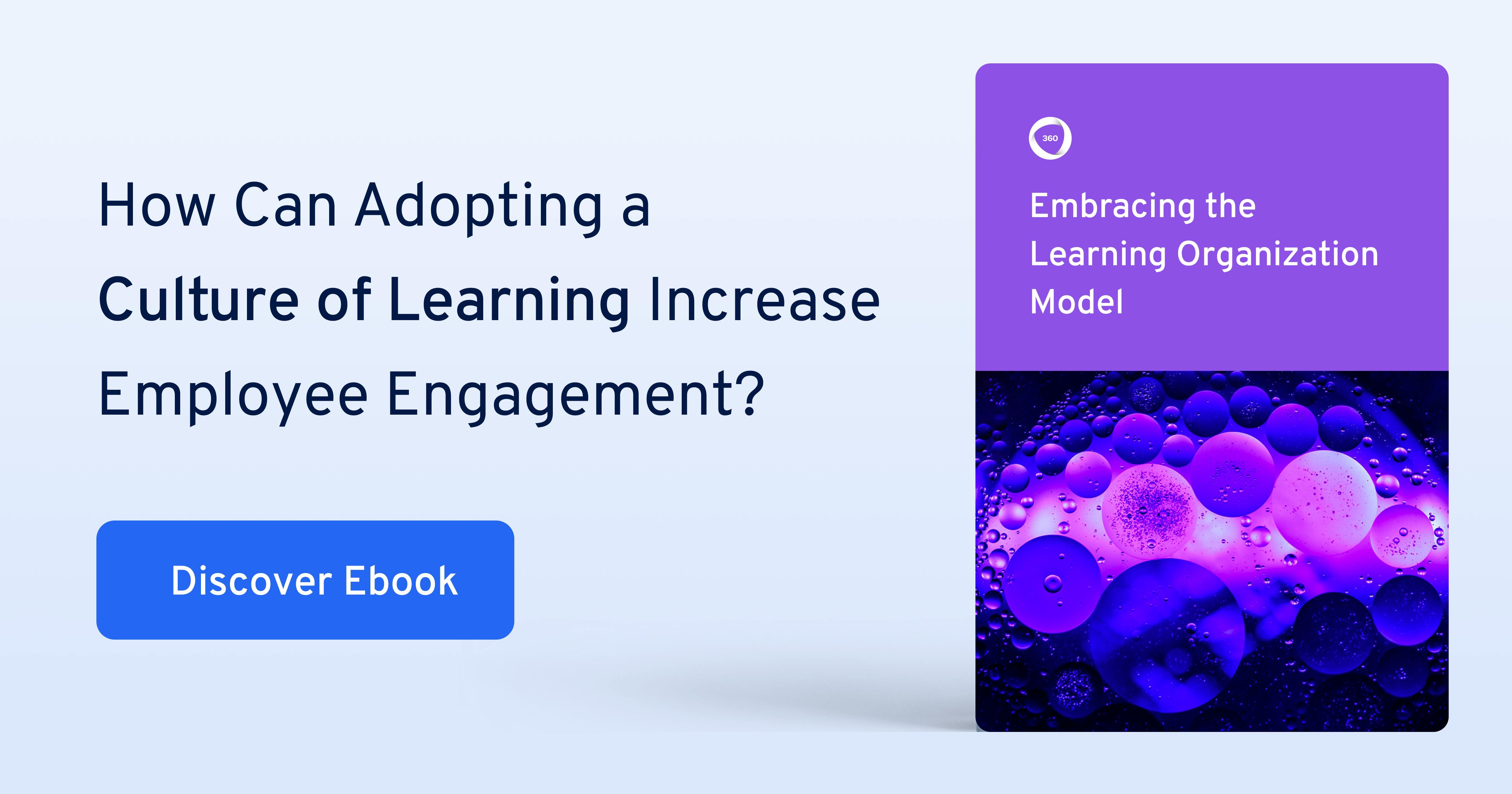What is Adult Learning Theory and How Can You Apply It?
Adults don’t learn the same way children do—yet many Learning and Development professionals train employees as if they were still in grade school. Building training programs that aren’t adapted to adult learning is a surefire way to see your completion rates plummet.
By understanding and applying Adult Learning Theory, you’ll deliver courses that employees will actually learn from. Not only will trainees be more engaged, but training ROI will improve.
In this article, we’ll explain the definition and origins of Adult Learning Theory, and how trainers should apply it in a corporate setting.
What is Adult Learning Theory (andragogy)?
Nobody knows exactly how people learn. Philosophers, psychologists, and scientists have explored this question for centuries, and propose a variety of learning theories to answer it.
Past preeminent theorists like Jean Piaget and Lev Vygotsky focused exclusively on how children learn. It was only recently that researchers looked into whether adults learn differently than kids—or whether, in fact, adults could learn! Malcolm Knowles found both to be true.
Known in the U.S. as ‘the father of Adult Learning Theory,’ Knowles proposed an alternative view on how to best teach adults in his 1973 work, The Adult Learner: A Neglected Species. He borrowed the term ‘andragogy’ for this set of principles, which has become synonymous with Adult Learning Theory.
Adult Learning Theory is a set of guiding principles that explain how adults learn, in contrast to how children learn. They can be used in any environment where adults are taught, including corporate settings.
Adult Learning Theory is a set of guiding principles that explain how adults learn, in contrast to how children learn.
Why was andragogy necessary?
Up until World War II, teachers didn’t have access to any methods oriented specifically to adult education. The only model that existed in the U.S. on how to teach was ‘pedagogy’—teaching to children.
However, while effective for teaching youths, pedagogy was never intended for a mature audience. The roots of the modern pedagogical model date back as far as medieval Europe, to the clergymen that gave formal religious instruction to young boys.
This approach was based on the authority of the teacher and on the students absorbing the subject-matter. No thought was given to how to apply what was learned to daily life, nor to the experience, motivations, or interests of the individual student.
As secular education took over religious, this model for instruction prevailed in American schools up until the 20th century. Adults looking to receive training of any kind were taught with this framework by default.
By this time, however, learning theorists were starting to understand that adults just don’t learn the same way children do. Andragogy was an attempt by Knowles to adapt the prevailing pedagogical model to a mature set of learners.
He contended that, because adults are socially and psychologically different from children, they cannot learn effectively using the same approach. He grounded his reasoning in six principles.
6 principles of Knowles’ Adult Learning Theory
Knowles organized his theory around six assumptions that distinguished the novel andragogy from pedagogy:
- The need to know: Adults must understand the utility of the material they’re learning. Children are told to learn for the sake of it, and only what the teacher deems necessary. This means it’s often the trainer's role to guide an adult learner to seeing that a skill gap, or a ‘need to know,’ exists.
- Learner’s self-concept: Adult learners do not like feeling imposed upon by a trainer, or that they aren’t in control of their own learning. In classrooms, however, teachers are undoubtedly the ones in charge.
- The role of the learner’s experiences: Adults bring more experiences to a learning environment than do children. This means that a group of adults will contain more varied backgrounds, and so teaching should be more individualized. It also means that they can more actively participate as sources of knowledge.
- Readiness to learn: Children are ‘ready to learn’ when teachers tell them they have learned enough to move to the next grade. For adults, learning should coincide with a developmental stage in their personal or work lives.
- Orientation to learning: Adults approach learning as a way to solve a problem in real-world contexts, and are more receptive to learning when material is applied to real-life situations. Children, on the other hand, are expected to learn material for the sake of it.
- Motivation: Adults are more motivated by internal factors, like a desire for higher self-esteem, than external ones, like a pay raise. Children are motivated primarily by external factors, like achieving a good grade or avoiding a parental reprimand.
Adult Learning Theory in practice
There are several simple steps Learning and Development professionals can take to align their learning programs with Adult Learning Theory, for better learning outcomes:
Use a bottom-up approach to training needs analysis
Andragogy tells us that employees that aren’t asked about their own learning needs won’t take an active part in the learning process. The solution is to conduct a bottom-up training needs analysis, not one determined by upper management.
Let your employees identify their own skill gaps or troubleshoot performance issues autonomously; they’ll be much more likely to feel invested in completing a learning program that addresses that need.
Decentralize course creation
Adults, unlike children, bring a variety of experiences to any training setting. They’ve amassed a considerable amount of knowledge before a course even starts, and are often better subject-matter experts than the L&D trainers themselves.
To acknowledge this wealth of experience, you should turn your learners into part-time trainers. Decentralize course creation by enabling employees to create, share and improve courses themselves. Not only does this tap into their extensive knowledge, it will validate their self-concept and the experiences they bring to the table.
Embrace self-directed learning
Adults want to direct their own learning experiences, not feel like passive recipients of knowledge.
Self-directed learning—in which learners identify their own needs, establish their own goals, build their own courses and evaluate their own performance—makes adult learners the primary actors of their own learning success.
Self-directed learning also carves out a new space for L&D teams as facilitators, instead of only course creators.
Adults learn best from each other
Bottom-up training needs analysis, decentralized course creation, and self-directed learning are three pillars of a broader approach to learning, called Collaborative Learning.
Collaborative Learning is a training methodology that’s:
- Bottom-up
- Decentralized
- Agile
- Contextual
- Iterative
- Impact-driven
Since Collaborative Learning relies on each employee’s skills, ideas, and institutional knowledge, it’s perfectly aligned with the 6 principles of Adult Learning Theory.
You can learn more about how to apply Collaborative Learning in your organization, here.



